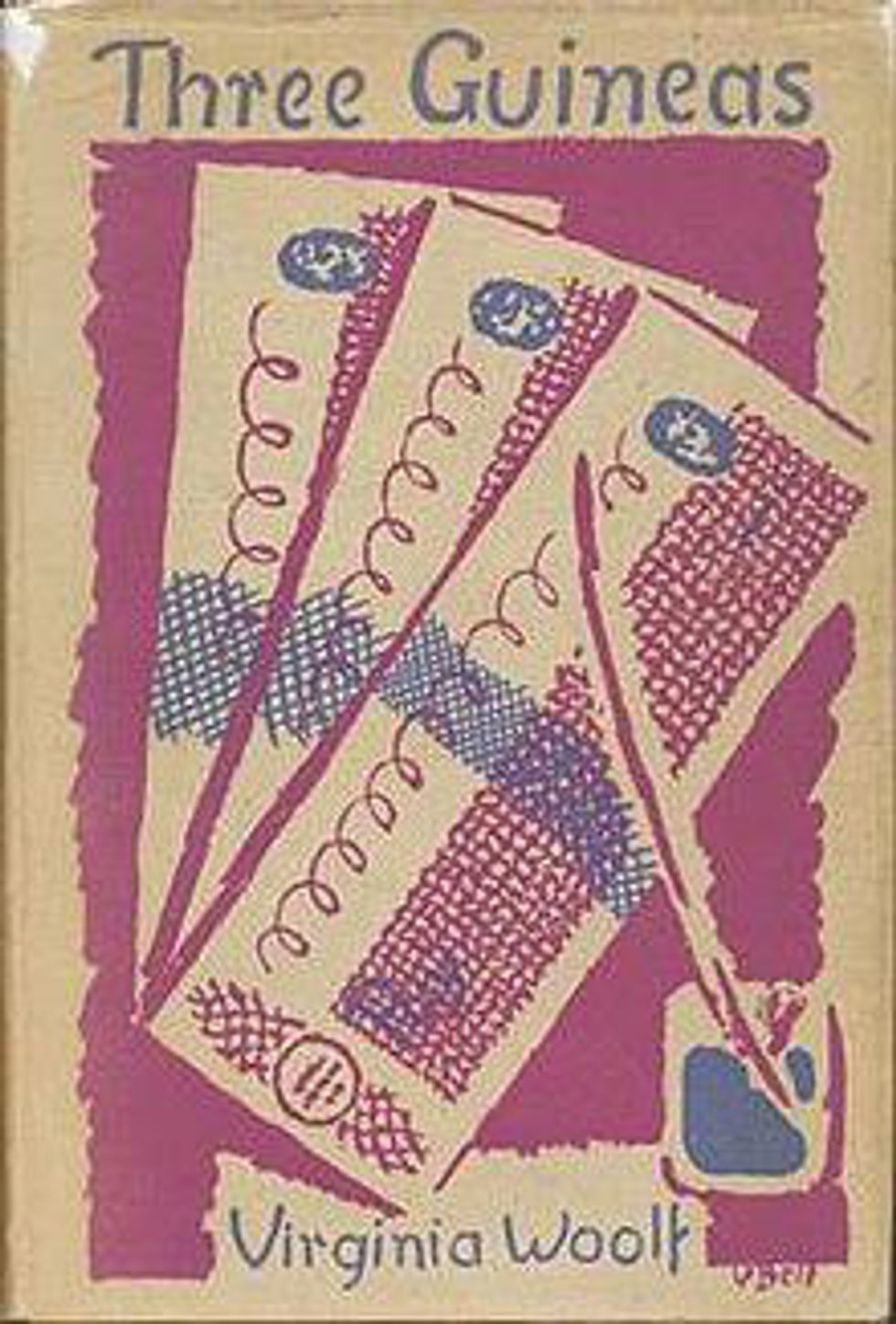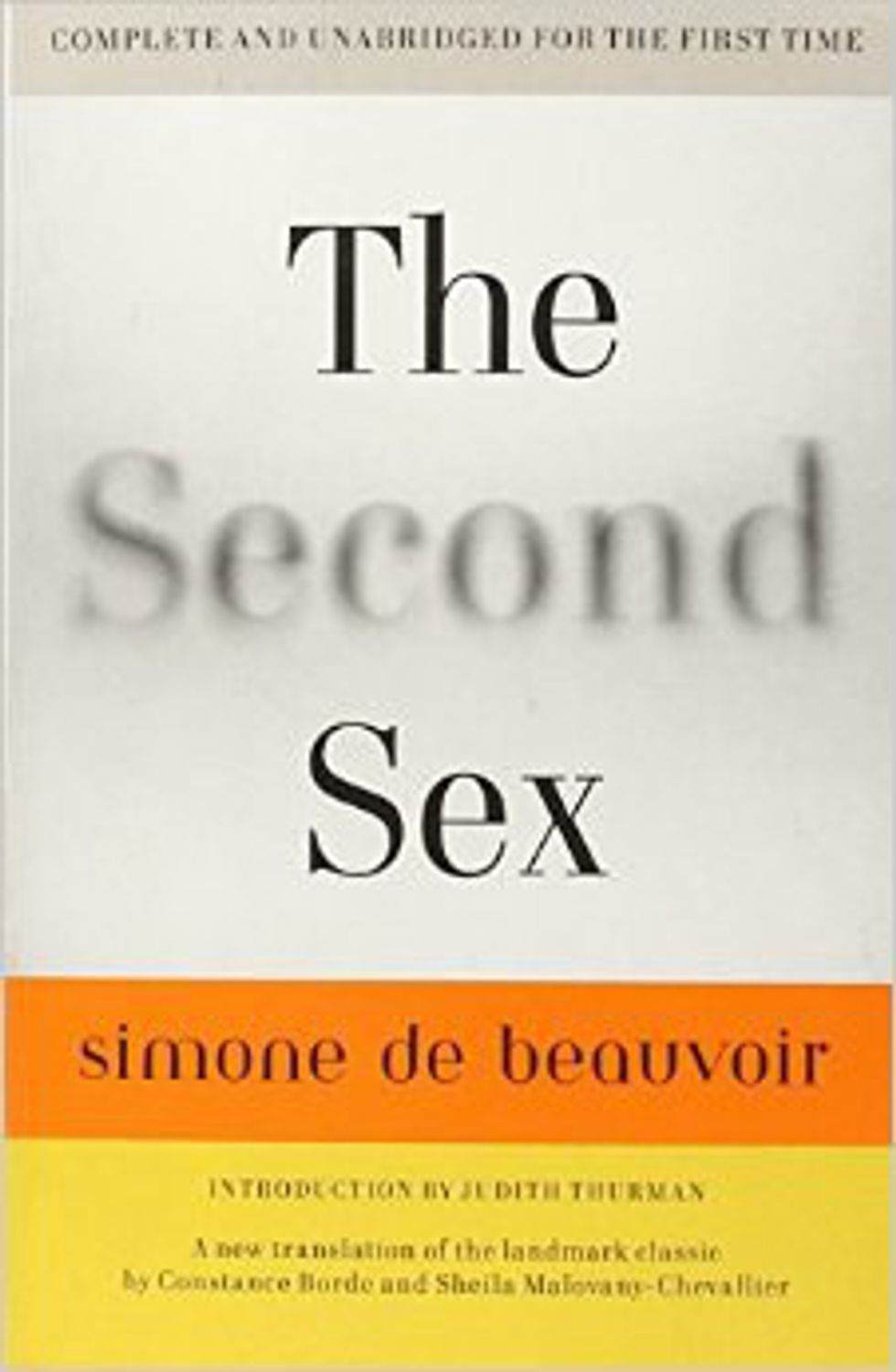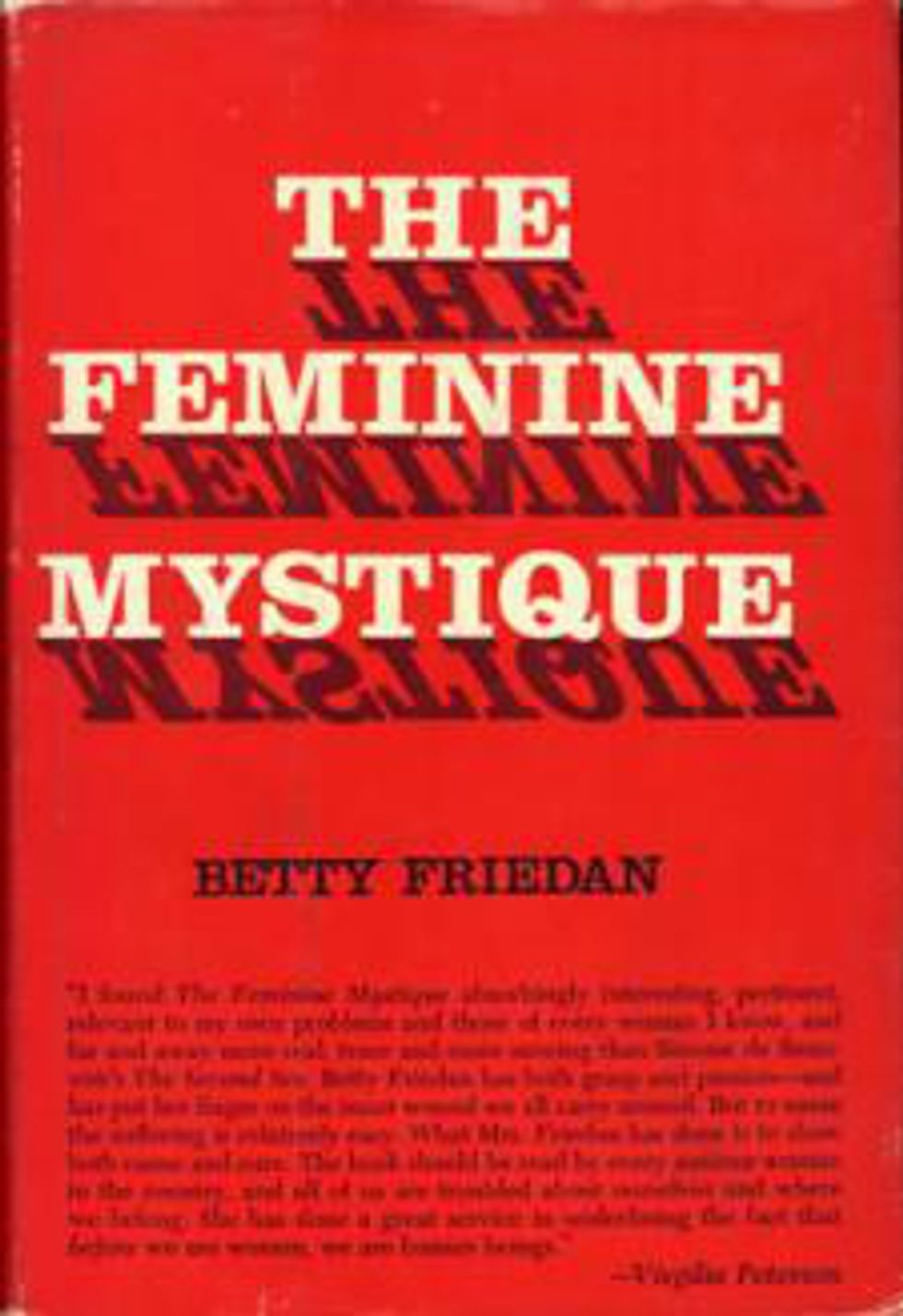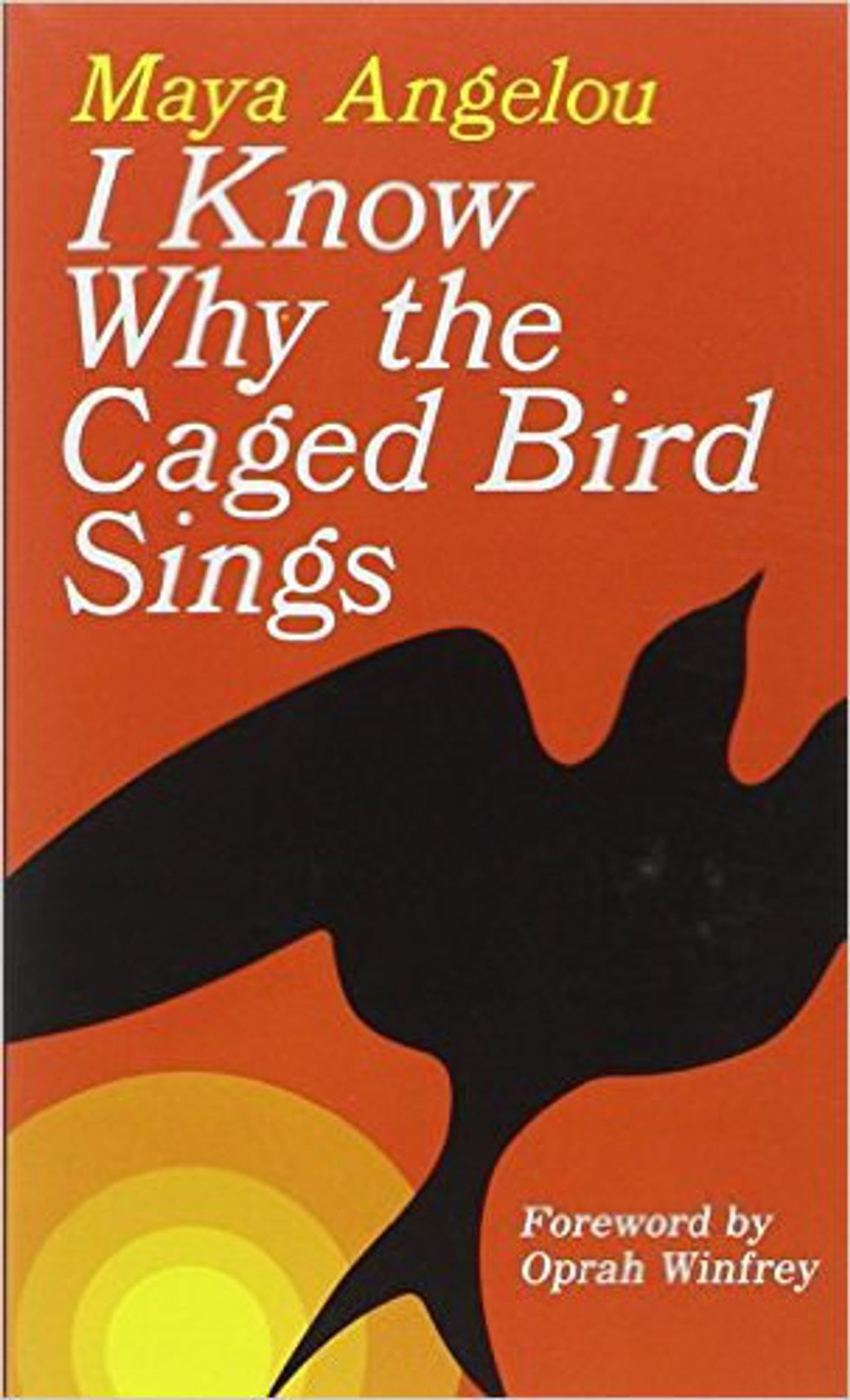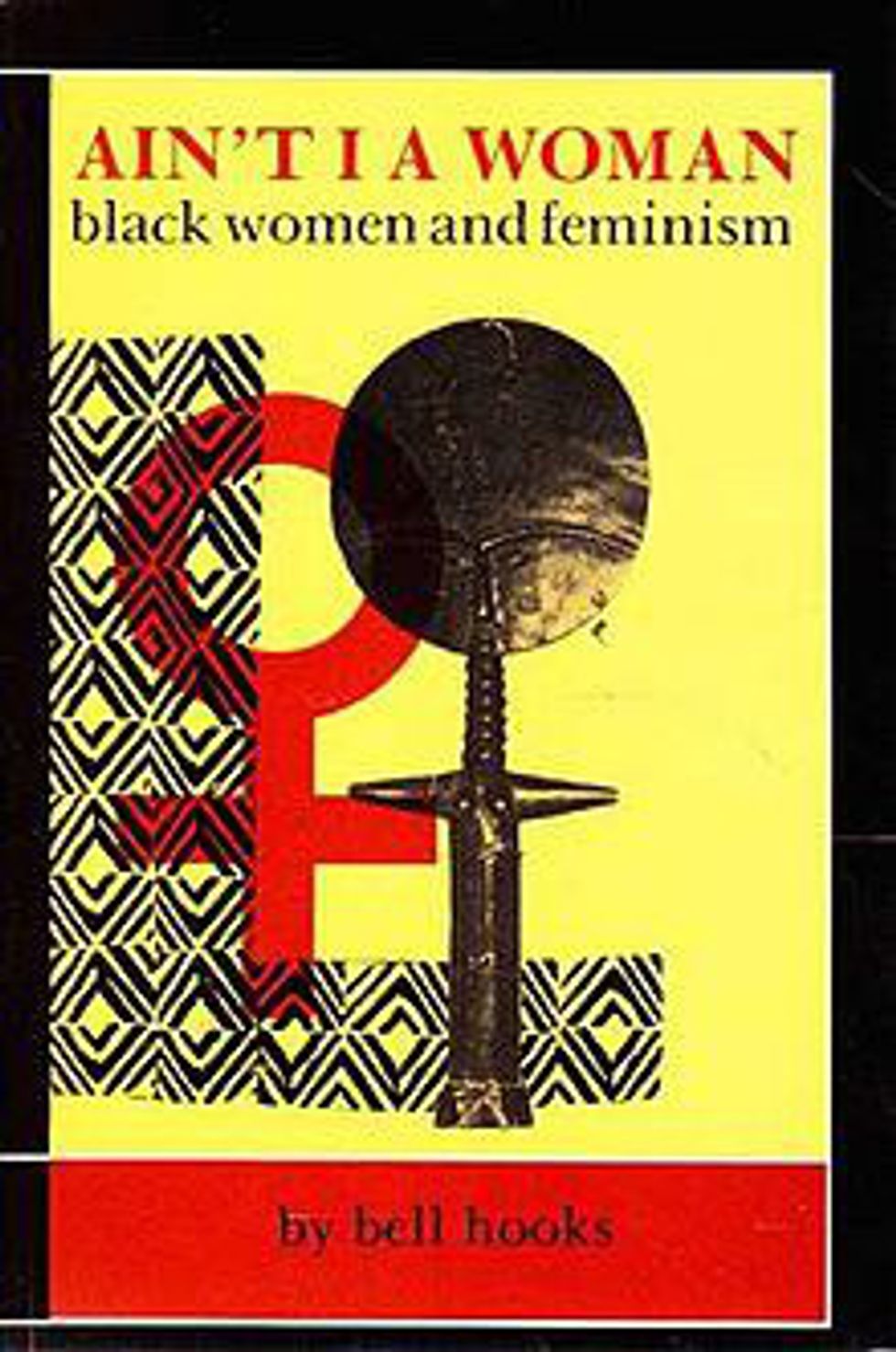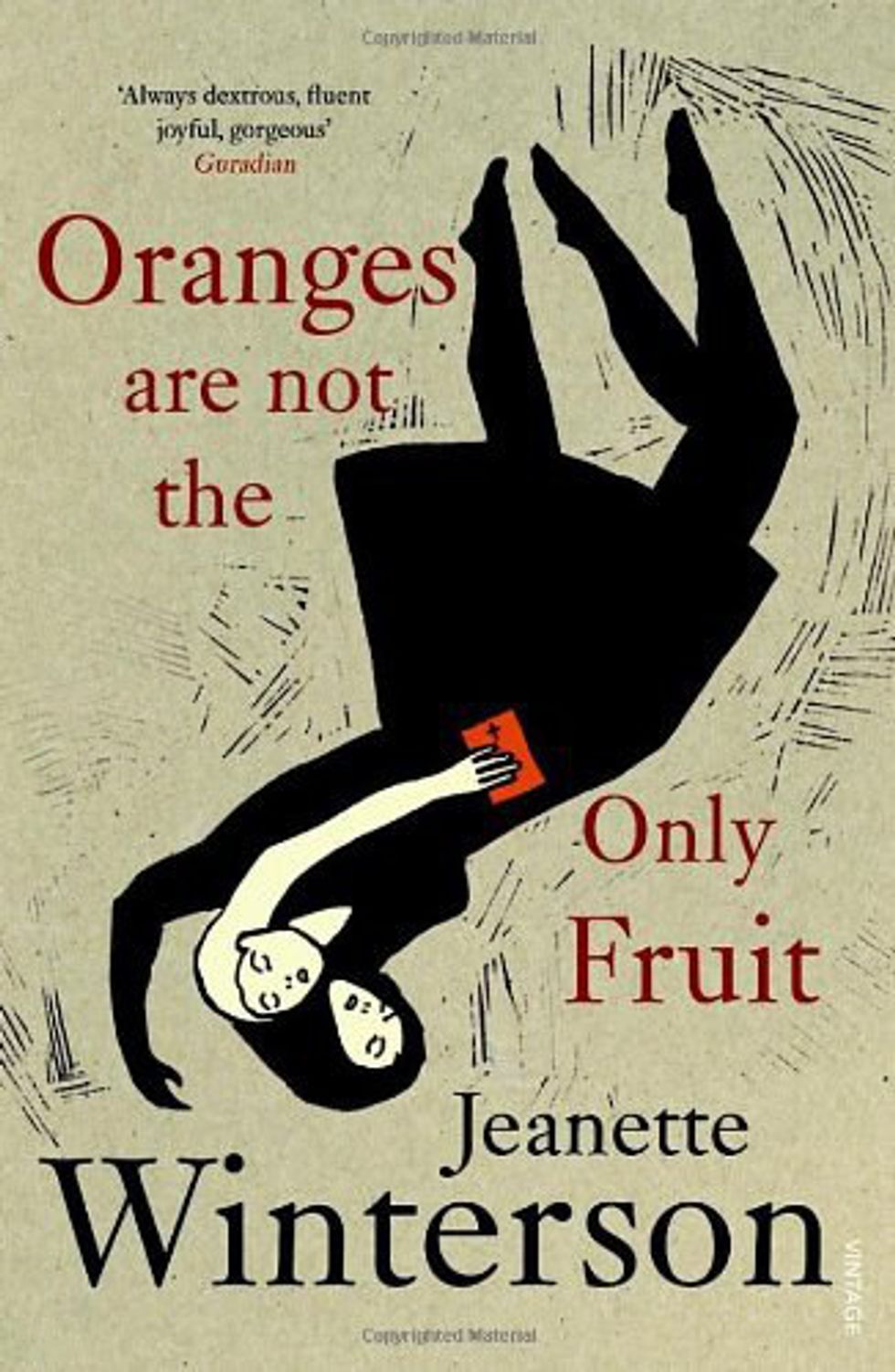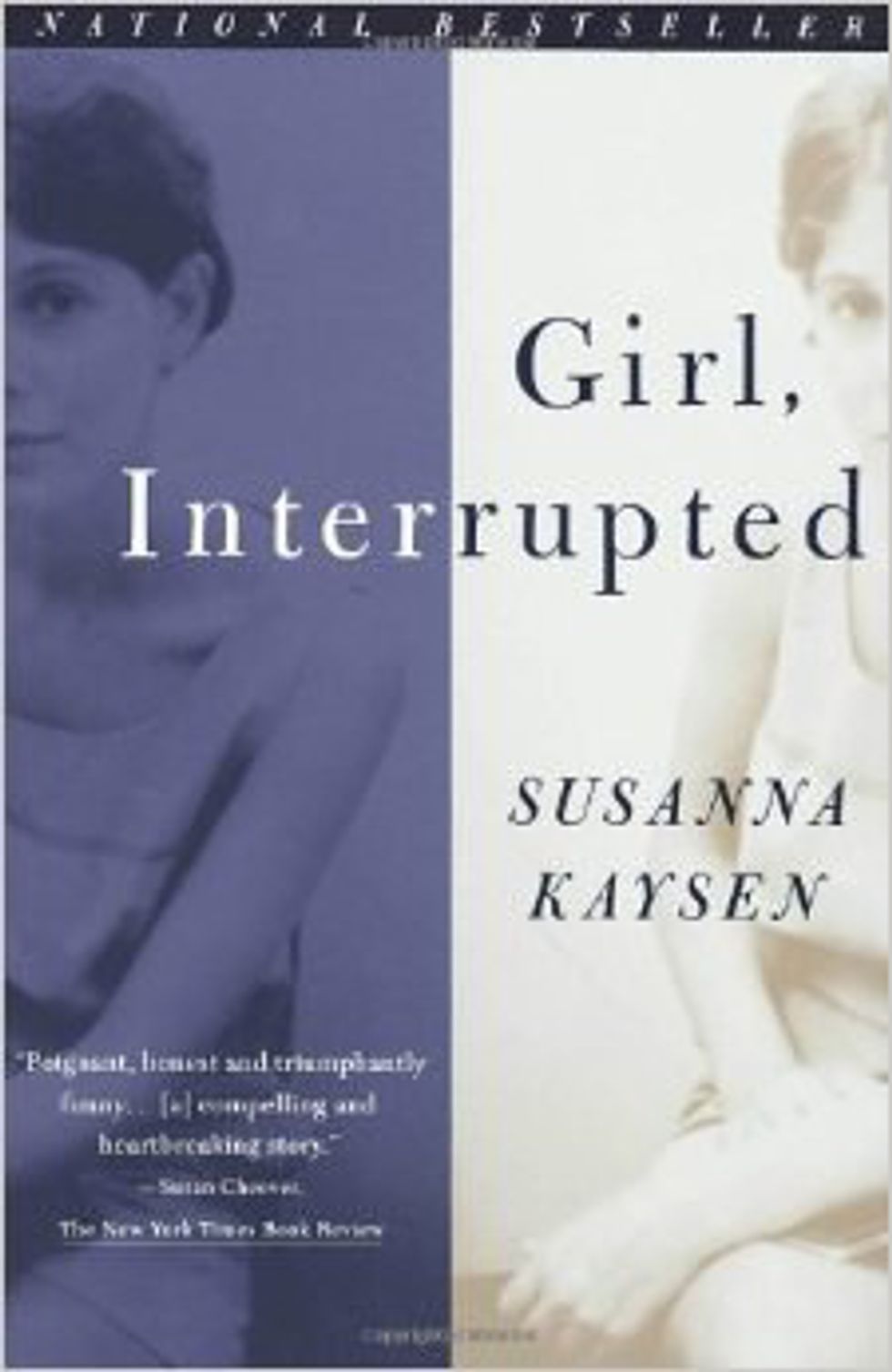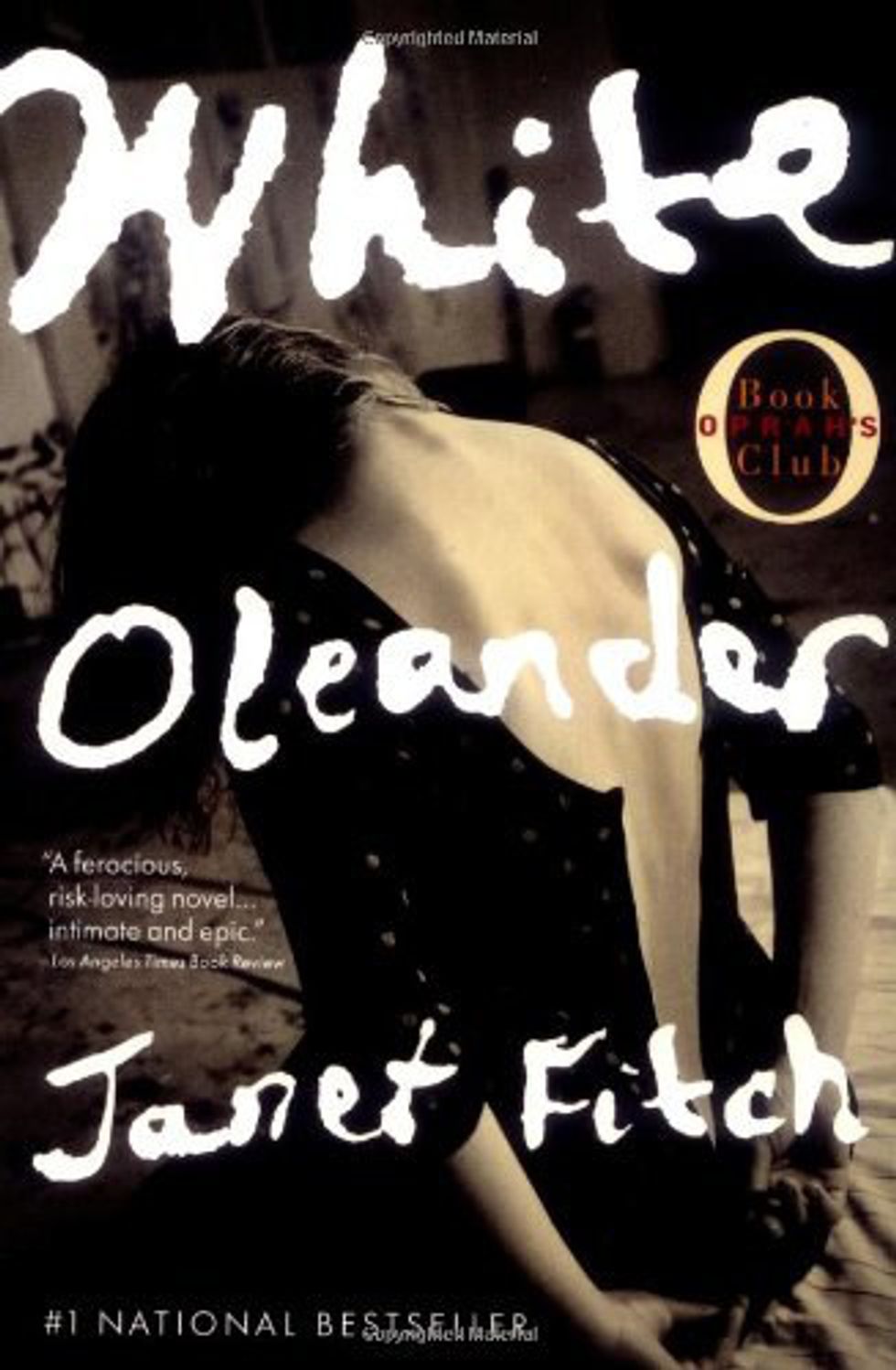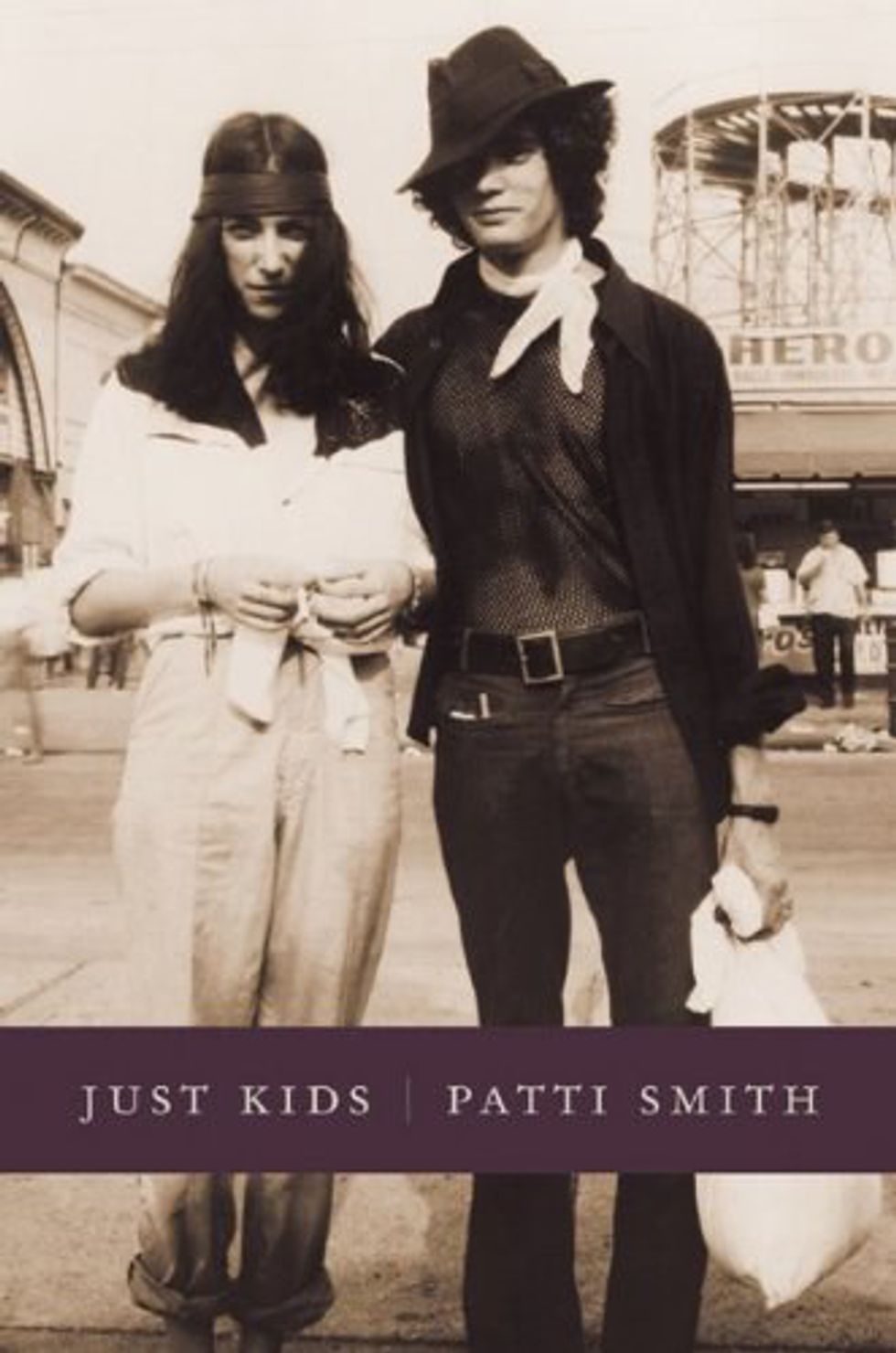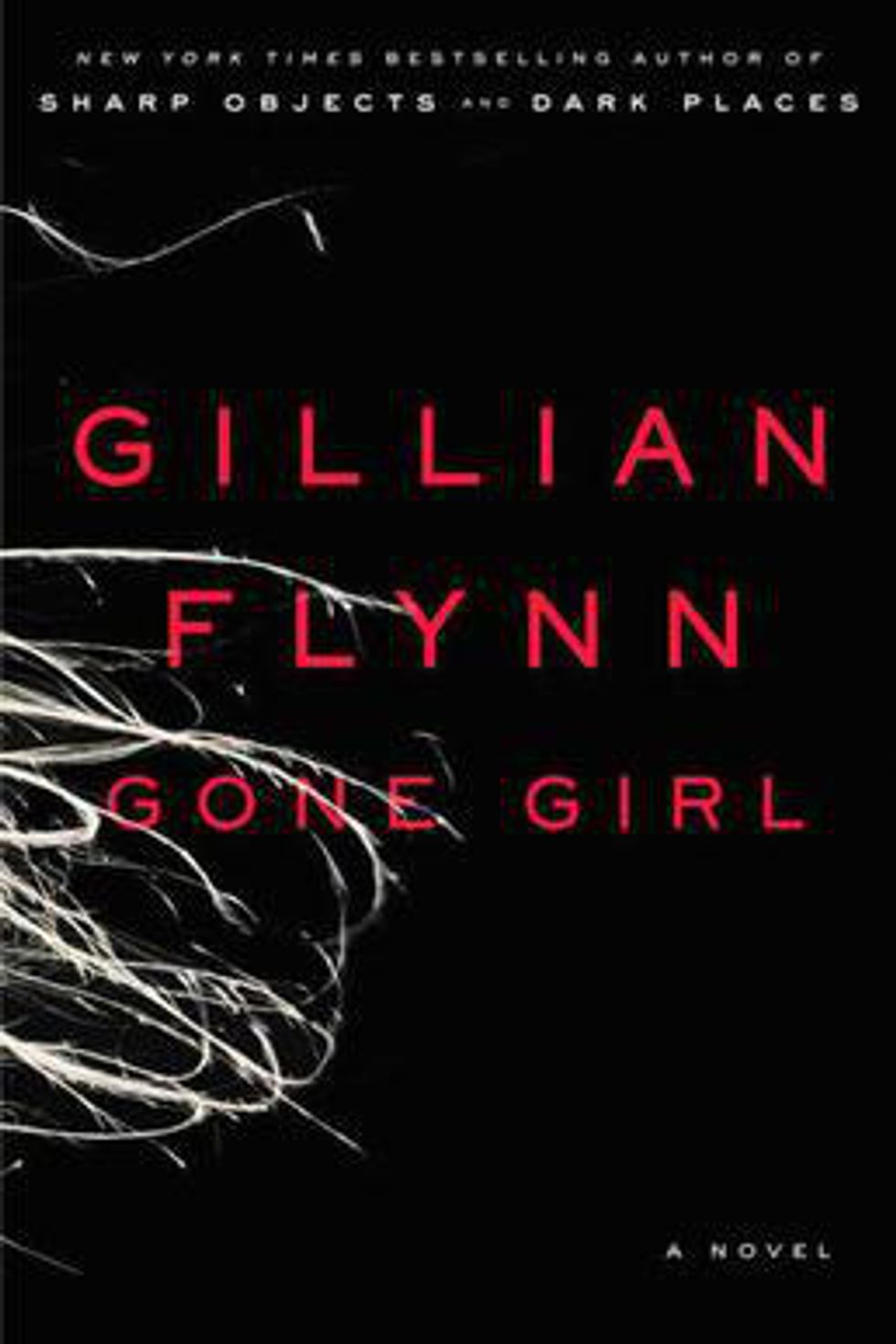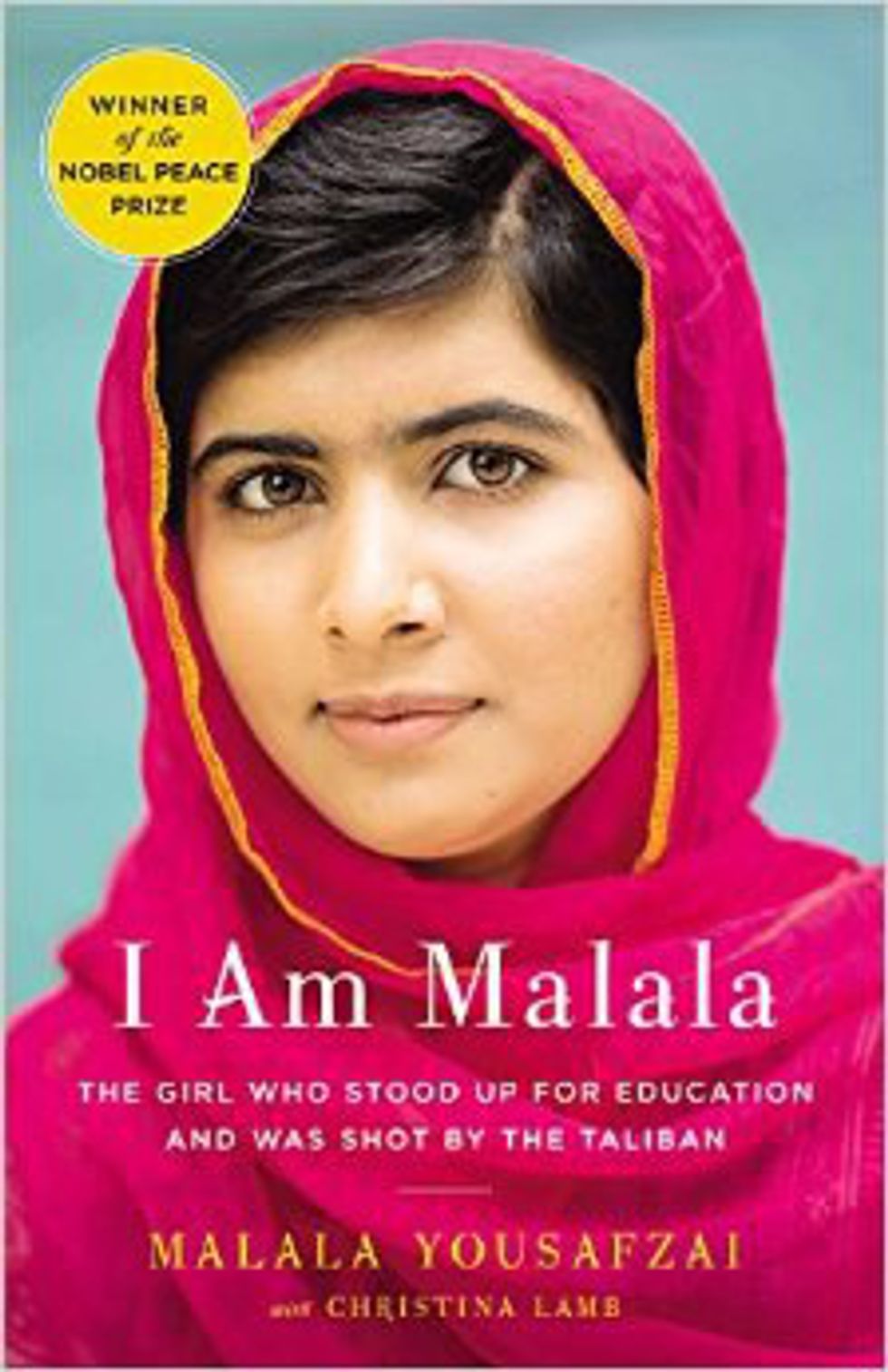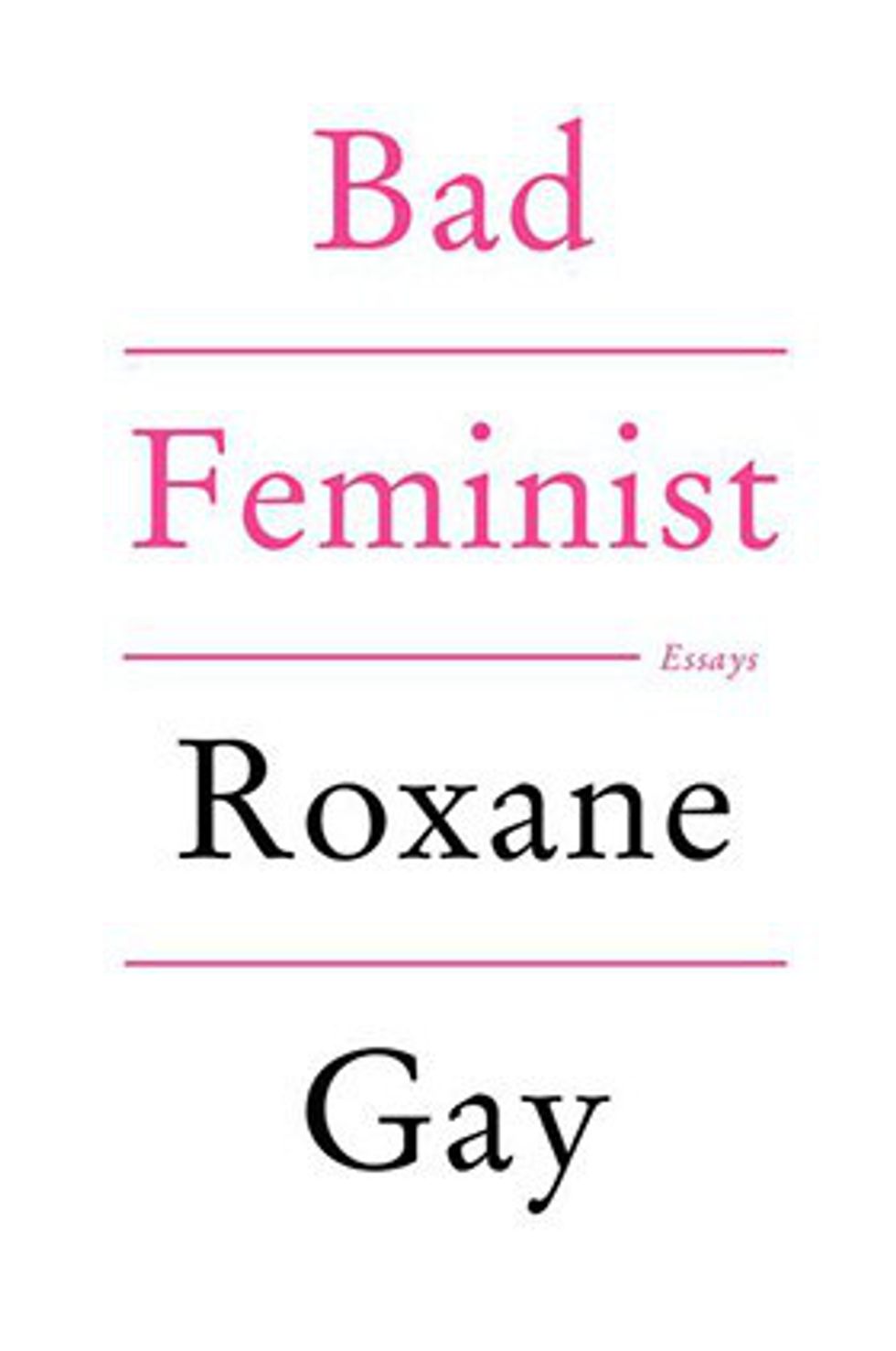Like many young lovers of books, literature, and language, my affection for reading was fostered by my education. That being said, I soon began to realize the limited pool of authors that my peers and I were exposed to; my public school English curriculum was a horizon of Charles Dickens, Mark Twain, John Steinbeck, F. Scott Fitzgerald, William Golding, J. D. Salinger, George Orwell, and, of course, Shakespeare. Upon entering high school, a pattern had become clear to me: where are the women?
Women have for centuries been excluded from literature, among other fields. One book that is popular in education and that was written by a woman is S. E. Hinton’s “The Outsiders”. In spite of its success, it must be noted that Hinton was forced to keep her first name and subsequent identity as a woman a secret in order for her novel to be published. Female literature has historically been appropriated or erased by the male literary establishment, and today remains trivialized, often pigeon-holed into a small category dubbed “chick-lit”. Virginia Woolf wrote frequently in her essays about the struggles women writers have faced to gain respect and fair pay for their work; furthermore, this subjugation becomes even greater among women of color, queer women, and impoverished women. Despite the record-breaking success of J.K. Rowling, women are kept more or less on the back burner of contemporary literature, revealing the “Harry Potter” franchise to be a convenient anomaly. Thus, I’ve decided to share 13 incredible and deeply important contemporary novels written by women of various backgrounds in order to diversify the literary palettes of young readers.
1. Virginia Woolf’s “Three Guineas” (1938)
Cited generously in feminist literary circles is Virginia Woolf’s book length essay, written as a response to being asked how best to prevent war. Among her ideas, she poses a request for funds to rebuild a woman’s college and suggests organization to help women enter professional fields. Criticizing violence, fascism, and imperialism, Woolf addresses issues of war and of women with groundbreaking poignancy.
2. Simone de Beauvoir’s “The Second Sex” (1949)
Originally written in French and described by many as a feminist bible, Beauvoir’s two-volume novel addresses western notions regarding womanhood. Through an examination of multicultural history, biological research, and lived experience, the book details and questions the complex existence of women within society.
3. Sylvia Plath’s “The Bell Jar” (1963)
“The Bell Jar” is the only novel written by poet Sylvia Plath, one of the most influential and controversial women in American literature. Semi-autobiographical, the story chronicles a young woman’s descent into mental illness and consequent experience in an institution. Through the protagonist’s journey, Plath highlights issues pertaining to the patriarchal society of mid-20th century America.
4. Betty Friedan’s “The Feminine Mystique” (1963)
Widely associated with the genesis of America’s second wave of feminism, “The Feminine Mystique” is the publication of Betty Friedan’s research examining the experience of American housewives. The novel addresses the widespread unhappiness of women in the 1950s and early ‘60s despite material comfort and abundance.
5. Maya Angelou’s “I Know Why the Caged Bird Sings” (1969)
The first in a series of memoirs, "Caged Bird" details Angelou's coming of age as a black girl in southern America during the 1930s and '40s. The juxtaposition of complex and emotional themes like racism, rape, identity, and love with the poeticism and eloquence of Angelou's story telling creates a novel that moves and provokes readers from cover to cover.
6. Bell Hooks' “Ain’t I a Woman?” (1981)
Named after a speech by Sojourner Truth, "Ain't I a Woman?" explores the intersecting effect of racism and sexism on black women. In calling out feminism that caters to middle-class white women, as well as misogyny in black nationalist movements, hooks develops a manifesto that demands a place for women of color, specifically black women, in social activism.
7. Jeanette Winterson’s “Oranges Are Not the Only Fruit” (1985)
"Oranges Are Not the Only Fruit" is a coming-of-age story about a young lesbian growing up in an English Pentecostal community. The narrator's surreal personal journey parallels with scripture, folklore, and fairytale, addressing archetypal themes like spirituality, sexuality, family, and transition.
8. Susanna Kaysen’s “Girl, Interruped” (1993)
Known better by its film adaption, Kaysen's memoir follows her experience in a New England mental hospital during the late 1960s. Examining psychiatry, philosophy, and the overall plight of the mentally ill American woman, "Girl, Interrupted" blends despair and humor to realistically depict a controversial and emotional story.
9. Janet Fitch’s “White Oleander” (1999)
"White Oleander", named after a beautiful but poisonous flower, tells the story of a girl's journey through Los Angeles foster homes after her eccentric mother is imprisoned for killing one of her lovers. Full of action and sudden change, Fitch parallels a volatile mother-daughter relationship with a young woman's coming of age, seductively exploring themes like identity, morality, and family.
10. Patti Smith’s “Just Kids” (2010)
An artist, poet, and musician, Patti Smith wrote "Just Kids" about her life and relationship with long term lover, roommate, friend, and fellow artist Robert Mapplethorpe in 1970s New York . Containing authentic and colorful depictions of Janis Joplin, Jimi Hendrix, Bruce Springstein, and the famous Hotel Chelsea, Smith follows Mapplethorpe's controversial personal life and work from their first meeting to his unfortunate death in 1989.
11. Gillian Flynn’s “Gone Girl” (2012)
Deeply explorative of long-term relationship dynamics and the psychology of marriage, "Gone Girl" centers around a couple of out-of-work writers and their struggling relationship. When the wife goes missing under strange circumstances, readers are taken on a thrilling journey to discover what happened to her, and whether or not her husband is to blame. In her portrayal of this peculiar situation, Flynn challenges traditional gender roles and grips audiences with profound suspense.
12. Malala Yousafzai’s “I Am Malala” (2013)
With the extended title "I Am Malala: The Girl Who Stood Up for Education and Was Shot by the Taliban," Yousafzai's autobiography tells how she stood up for girls' education in Taliban-occupied Pakistan and was consequently targeted and shot. After surviving attempted murder, Malala makes a full recovery and continues her activism, eventually becoming the youngest Nobel Peace Prize laureate. "I Am Malala" details her bravery and triumph in the face of oppression with eye-opening detail and transparency.
13. Roxanne Gay’s “Bad Feminist” (2014)
A ground-breaking collection of essays, "Bad Feminist" explores the identity of "feminist" paired with the presence of non-feminist indulgences. Gay addresses wide-ranging issues of gender, sexuality, race, and American politics with a humorous and deeply vulnerable disposition, encouraging readers to examine themselves and the world around them with a healthy balance of affection and criticism.




